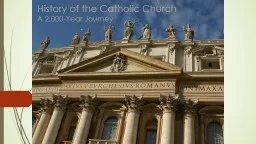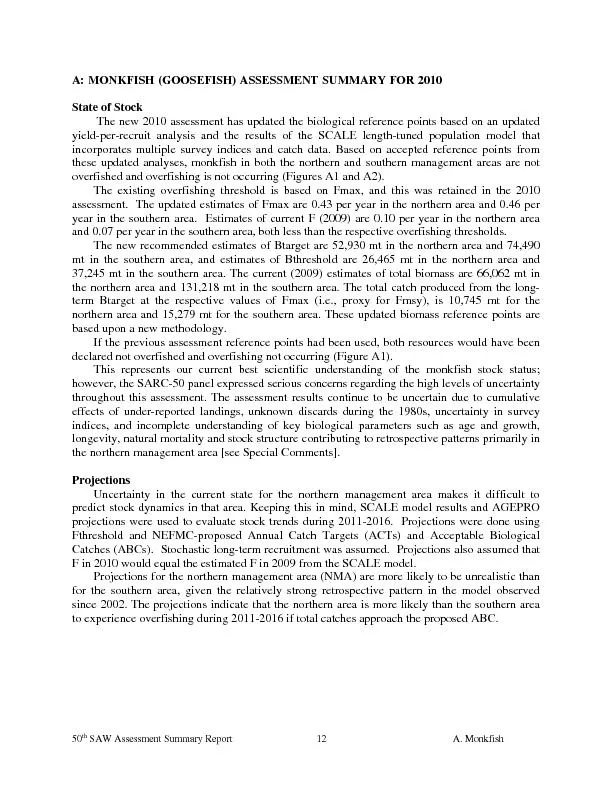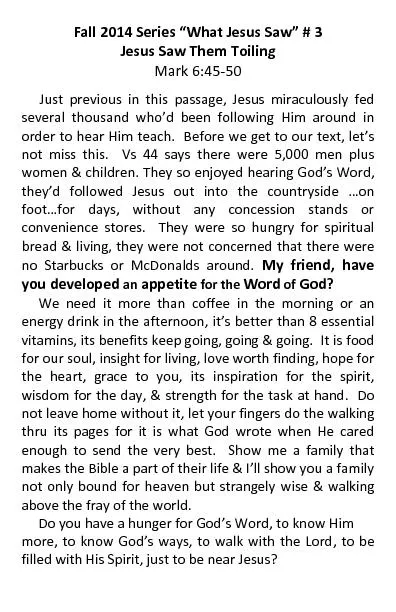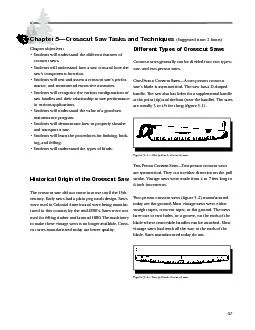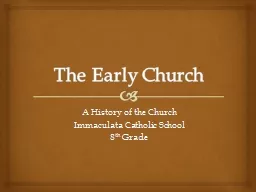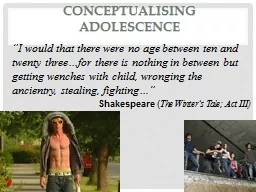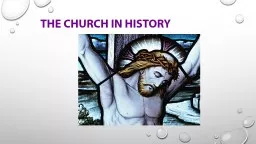PPT-Review We saw last time that in the early church there
Author : phoebe-click | Published Date : 2019-12-03
Review We saw last time that in the early church there were some who actually sought out persecution What did the earlier church leaders advise concerning seeking
Presentation Embed Code
Download Presentation
Download Presentation The PPT/PDF document "Review We saw last time that in the earl..." is the property of its rightful owner. Permission is granted to download and print the materials on this website for personal, non-commercial use only, and to display it on your personal computer provided you do not modify the materials and that you retain all copyright notices contained in the materials. By downloading content from our website, you accept the terms of this agreement.
Review We saw last time that in the early church there: Transcript
Download Rules Of Document
"Review We saw last time that in the early church there"The content belongs to its owner. You may download and print it for personal use, without modification, and keep all copyright notices. By downloading, you agree to these terms.
Related Documents




